■ No way out. The labyrinth of polyphonic analog synthesizers
This is Part II of my review of polyphonic analog synthesizers, continuing on from the previous article. As I wrote in the previous article, my history of purchasing analog polyphonic synthesizers began with the Korg Polysix. After that, I wandered through a labyrinth with no end in sight, buying the Roland Jupiter 6, the Oberheim Xpander, and more.
At the time, I was a progressive rock fan, and I was looking for a thick sound when it came to polysynthesizer sounds. This “thick sound” was a tricky thing. It was around this time that I got lost in the labyrinth.
■ Into the labyrinth in search of a thick sound
After purchasing the Polysix, I bought the slightly more expensive Roland Jupiter 6. The Jupiter 6 is a 6-note polyphonic synthesizer that has 2 fewer notes than the 8-note polyphonic Jupiter 8. The price of the Jupiter 8 is 980,000 yen. Even though it has 2 fewer notes, the price of the Jupiter 6 is 490,000 yen. That's half the price of the Jupiter 8. It's also MIDI compatible. It's high spec. I bought it straight away. However, the Jupiter 6 was also different from the sound I had imagined.
The Jupiter 6 was also a poly synth that produced a light, smooth sound rather than a thick sound. Naturally, I was unable to agree with the sound of this Jupiter either. At the time, I owned a Roland SH-5 monosynth. The SH-5 had a fat sound of its own, and I imagined that the SH-5's sound would make a good chord. However, I was completely wrong.
Thinking about it now, it seems a strange story, but it's no use complaining, because it's a matter of our musical roots. The ideal poly synth for me was the Yamaha CS-80.

Roland Jupiter 6, CC BY-SA 3.0 (quoted from Wikipedia)
Successor model: Roland / JUPITER-X
■ Endless maze of thick sound
I now understand that the “thickness of sound” I was looking for in a polyphonic synthesizer was a kind of illusion. If you think about it, if you were to use an 8-note polyphonic synthesizer to create a sound as thick as the Minimoog, I don't think that mass of sound would fit into a piece of music. In the progressive rock of the 1970s, such a sound might have been “okay”, but if you were to apply it to other types of music, the answer would be “no”.
If there were multiple Minimoog sounds with a strong presence, even if it was just one note, it is doubtful whether that sound would be appropriate for the ensemble.
The important thing is how it sounds when you listen to the song. In that sense, Korg and Roland must have made their products with this in mind.
However, the labyrinth of analog polyphonic synthesizers that I entered would continue on from here.
■ The sound I was looking for was the sound of the Oberheim or Yamaha CS-80
My standard for a polyphonic synthesizer was the thick sound of Eddie Jobson's Yamaha CS-80 in the British progressive rock band “UK”.
The sound of the song “Alaska” on the B-side of the first UK album...
The CS-80 played by Eddie Jobson in the actual live performance of “Alaska” was so powerful that you would never have thought it was coming from a single polyphonic synthesizer.
Also, on the track “I'll Supply the Love” from TOTO's first album, Steve Porcaro plays a thick-sounding brass solo on a Yamaha CS-80. This sound became known as the “TOTO Horn”. The first preset sound on the Oberheim Xpander that came out after this was also the “TOTO Horn”. Naturally, Steve also played solos on the CS-80 with this sound at TOTO live shows.
The standard for my evaluation of poly synths was this brass sound.

UK / Ukoku no Shishi
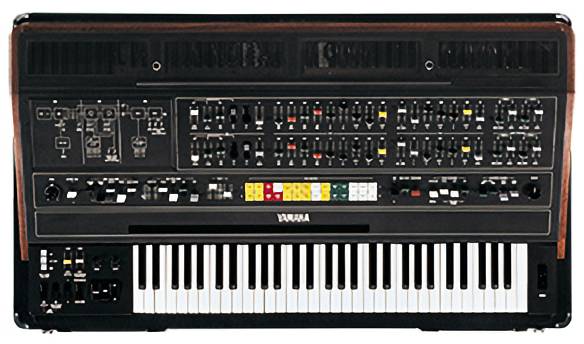
Yamaha CS-80
Another standard is the Oberheim polysynth, the OB-X. The number “MR. Briefcase” from Lee Mack Ritenour's album “RIT” uses the brass sound of the Oberheim synth in the intro. The thick, sticky sound is amazing, and it was another thing I longed for.
■ Jupiter to Oberheim
This desire for thick sound never subsided, and he eventually decided to try his hand at the Oberheim.
In fact, before the Oberheim Xpander, I already owned a budget-priced poly synth called the Oberheim Matrix 6 (298,000 yen), which was equipped with a DCO (digital control oscillator) rather than a VCO (voltage-controlled oscillator). The DCO was a great synth, although the sound was a little thin compared to the VCO. However, when editing the sound, etc., there were no knobs on the main unit for different functions, and it was a Yamaha DX7-like specification where you had to call up the category you wanted to edit and enter the values from there, so it took a huge amount of time to edit. It was a poly synth that was more like a preset.
I produced a TV program about synthesizers in 1984. At the time, Hamamatsu's Suzuki Musical Instruments was the distributor for the Oberheim synthesizer, and they were selling the Oberheim Xpander and the MATRIX-12. The Xpander was expensive, at 648,000 yen. It was an analog synthesizer that I had longed for, with 3-4 units set up behind Steve Porcaro at TOTO live concerts. I was able to purchase this synthesizer at a low price thanks to the kindness of Suzuki Musical Instruments.
The Oberheim Xpander is a 6-note polyphonic MIDI sound source without a keyboard. The sound of this Xpander was wonderful and had plenty of depth.
The sound had a strong presence and a tenacious sound. This synthesizer became the pinnacle of the analog polyphonic synthesizers I purchased.
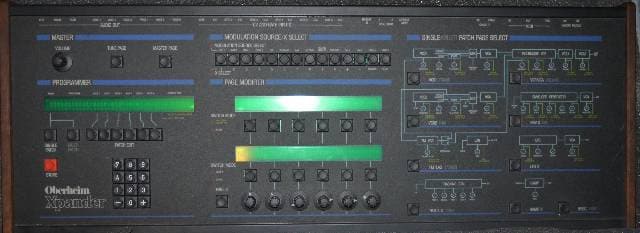
Oberheim Xpander, CC BY-SA 3.0 (quoted from Wikipedia)
The problem was that this synthesizer didn't have a keyboard. For some reason, I can't get attached to an instrument if it doesn't have a keyboard. It makes a great sound... In addition to that, I needed to take another MIDI-type synthesizer with me when I went to the studio.
At the time, I had a Yamaha DX7 II, a Roland D-50, and a Korg Wavestation in my studio. When I added the Xpander to the setup, it took even longer to set up, and then I also had to add a 3U rack mount with digital reverb, delay, and a mixer. The synthesizers were not only heavy, but also heavy in their cases, so that was a problem (especially the Xpander flight case was extremely heavy!).
It was hell on a rainy day (lol).
The labyrinth of my analog polyphonic synthesizer has entered a new phase.
The “sound & person” column is made up of contributions from you.
For details about contributing, click here.





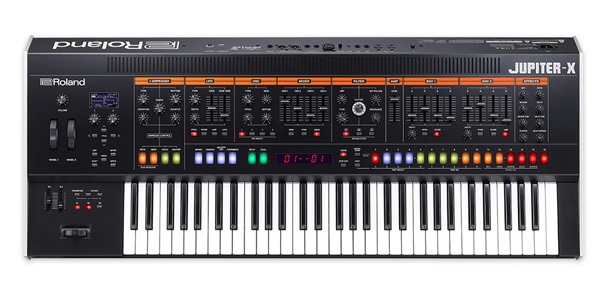







![[2025 Latest Edition] Choosing a Synthesizer/Popular Synthesizers Ranking](/contents/uploads/thumbs/2/2022/9/20220916_2_19446_1.jpg)
![[2025 Latest Edition!] Popular Modular Synthesizer/Semi-Modular Synthesizer Ranking [Recommendations]](/contents/uploads/thumbs/2/2021/12/20211202_2_15495_1.jpg)

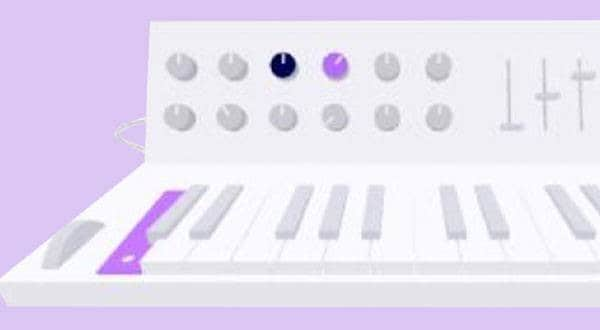
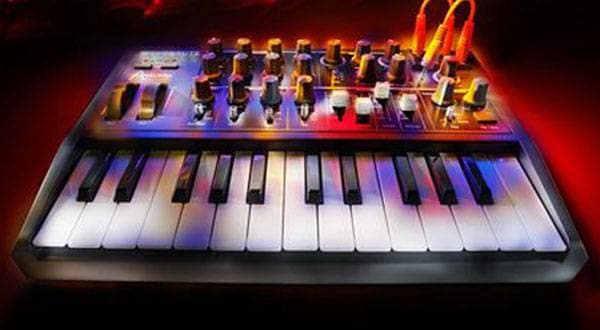
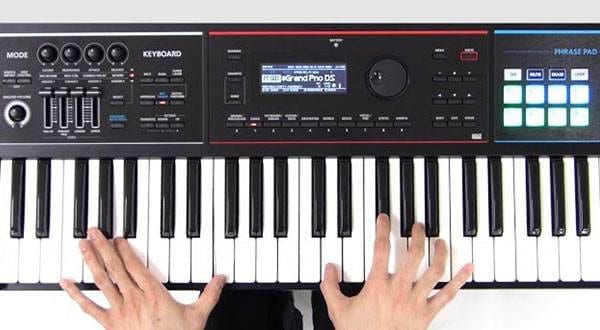
 USB接続対応のMIDIキーボード
USB接続対応のMIDIキーボード
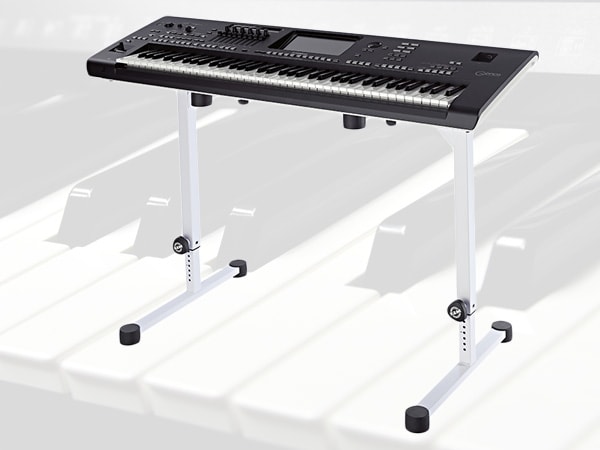 キーボードスタンドの選び方
キーボードスタンドの選び方
 超オススメのフレーズ道場 キーボード
超オススメのフレーズ道場 キーボード
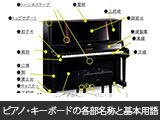 ピアノ・キーボードの各部名称
ピアノ・キーボードの各部名称
 キーボードスタートガイド
キーボードスタートガイド
 キーボード・ピアノ講座
キーボード・ピアノ講座















